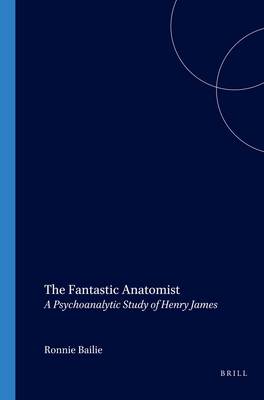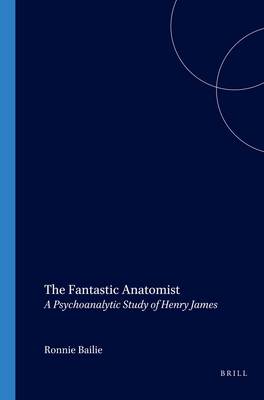
- Afhalen na 1 uur in een winkel met voorraad
- Gratis thuislevering in België vanaf € 30
- Ruim aanbod met 7 miljoen producten
- Afhalen na 1 uur in een winkel met voorraad
- Gratis thuislevering in België vanaf € 30
- Ruim aanbod met 7 miljoen producten
Zoeken
€ 59,45
+ 118 punten
Omschrijving
In this compact but highly concentrated study, the author unites clinical and literary critical skills in an attempt to go beyond familiar psychological commentary on Henry James and conduct a detailed and rigorous psychoanalytic investigation into recurring and psychologically significant patterns in his major and minor fiction. Drawing freely on material from notebooks, letters, and other biographical sources, the volume centres on James's unconscious fantasies concerning the human body, mostly the damaged or incomplete human body. These core fantasies are firmly placed at the root of James's creativeness. While one of these fantasies of physical mutilation finds expression in the famous "obscure hurt" of James's late teens, the author develops a hypothesis concerning their much earlier history and their place in the larger psychological constellation of the James family. Accordingly, Henry James Senior, his wife Mary, together with William and Alice James, all figure largely in the intricate and perilous family context of Henry's creative activity. This book also includes original factual research, casting sidelights on matters such as the relation between James's early work and that of Dr Silas Weir Mitchell, and on the early history of psychoanalysis in the United States, including William James's meeting with Freud and his view of early psychoanalytic thinking, and Henry's contact as a patient with early psychoanalytic practitioners at the beginning of the twentieth century.
Specificaties
Betrokkenen
- Auteur(s):
- Uitgeverij:
Inhoud
- Aantal bladzijden:
- 128
- Taal:
- Engels
- Reeks:
- Reeksnummer:
- nr. 126
Eigenschappen
- Productcode (EAN):
- 9789042015814
- Verschijningsdatum:
- 1/01/2000
- Uitvoering:
- Paperback
- Formaat:
- Trade paperback (VS)
- Afmetingen:
- 155 mm x 234 mm
- Gewicht:
- 204 g

Alleen bij Standaard Boekhandel
+ 118 punten op je klantenkaart van Standaard Boekhandel
Beoordelingen
We publiceren alleen reviews die voldoen aan de voorwaarden voor reviews. Bekijk onze voorwaarden voor reviews.








